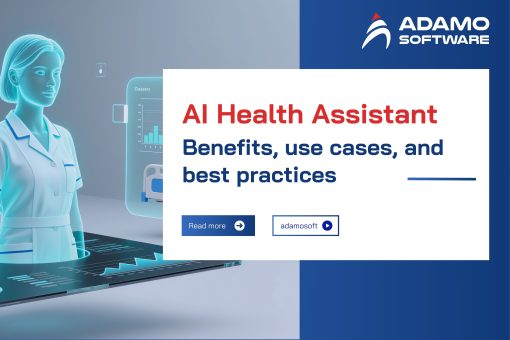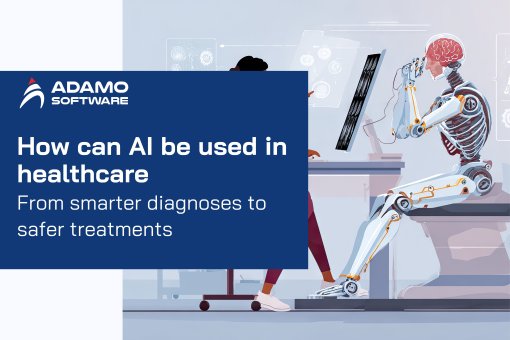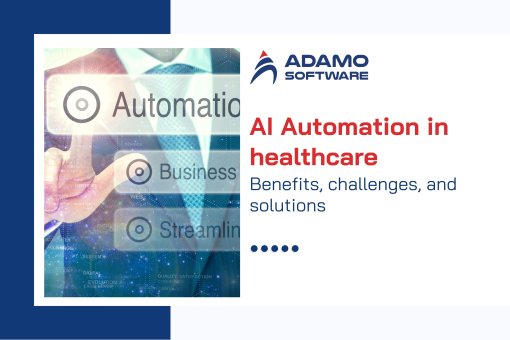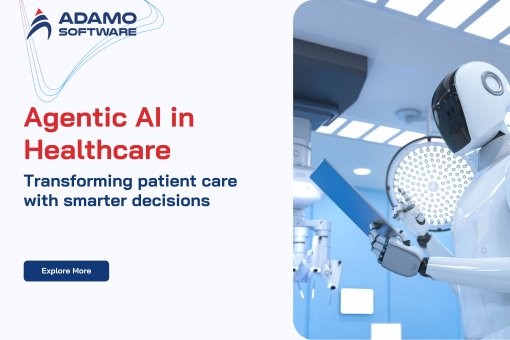Machine learning in disease prediction: Revolutionizing diagnostics with data-driven insights
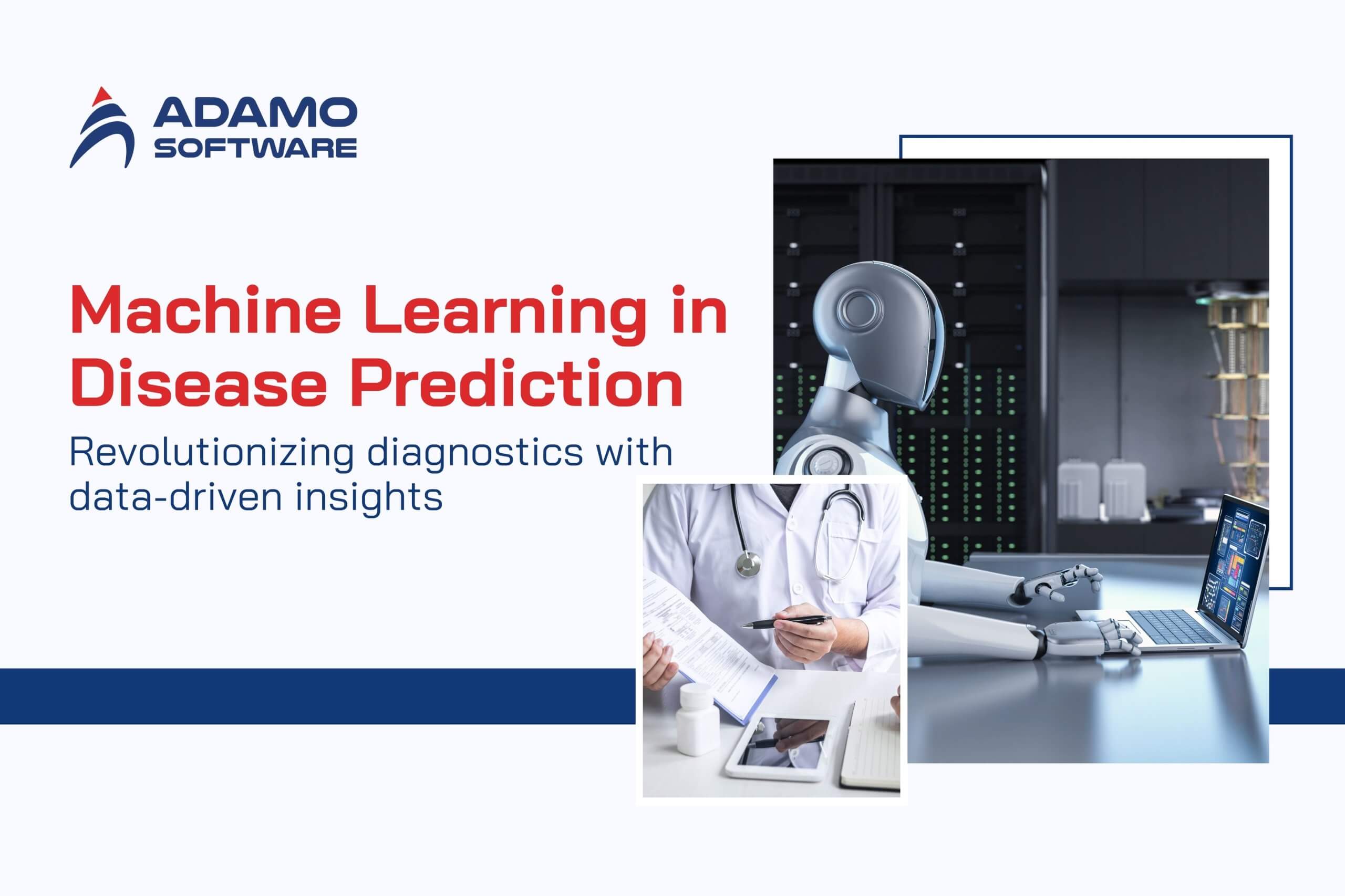
Explore how machine learning in disease prediction transforms healthcare with smarter, faster, and more accurate diagnostics.
The healthcare sector has recently been revolutionized by the use of machine learning to predict illnesses. This has everything to do with the ability of AI to process medical data and detect risks before the onset of symptoms.
Not only does this technology increase early diagnosis, but it also assists in making better decisions, optimizing treatments, and achieving better patient outcomes. Machine learning in predicting diseases will redefine the future of medicine as more innovations are being made.
Here in this article, we will look into the important features of machine learning in disease prediction, such as:
- How is Machine Learning used in Disease Prediction?
- Recent breakthroughs in ML for Disease Prediction (2024-2025)
- Benefits of embracing ML-based diagnostic tools
- Challenges of disease risk prediction using ML
I. How is Machine Learning used in Disease Prediction?
Conventionally, disease diagnosis depended on the expertise, intuition, and medical tests that a healthcare professional could use. But machine learning in disease prediction quickly changes diagnostics. It helps in examining enormous piles of data and finding the slightest patterns and connections that a human may overlook.
In radiology, machine learning models may look at medical images and identify abnormalities such as tumors or lesions with astonishing accuracy. These technologies are super effective for identifying conditions like cancer and heart disease early on. These are all diseases in which early diagnosis is the key to successful treatment and survival of a patient.
Beyond just analyzing images, machine learning can also be used to anticipate the onset of diseases. It can use individual patient data, such as lifestyle habits, genetic factors, and medical history, to evaluate the disease. Healthcare professionals can use this to calculate the likelihood, progression, and severity of specific illnesses. It enables them to provide care, prevention, and proactive monitoring in a personalized way before the patient even experiences the symptoms.
II. Recent breakthroughs in ML for Disease Prediction (2024-2025)
In recent years, machine learning in disease prediction has made remarkable strides. It has been offering unprecedented accuracy and speed in diagnosing and forecasting the progression of various diseases.
It has proven to be extremely helpful, whether it is for neurological disorders, cardiovascular conditions, infectious diseases, or mental health. Indeed, AI-based tools are changing the way healthcare is done by analyzing big data and discovering patterns that humans do not easily notice.
Let’s dive into the newest developments in using machine learning for disease prediction in this part of the text, with a special focus on:
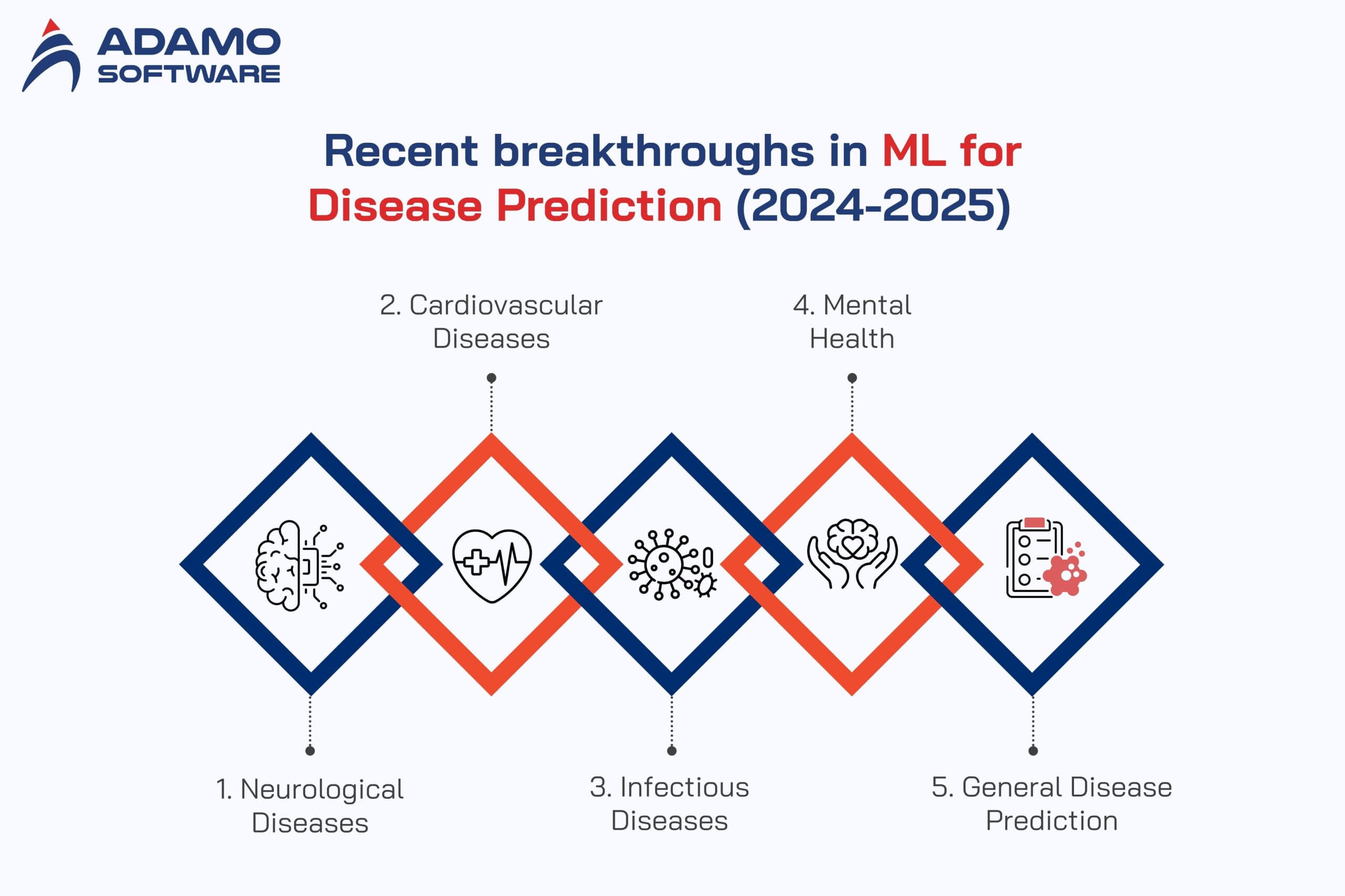
- Neurological Diseases: AI devices that identify and forecast the status of the brain and nervous system.
- Cardiovascular Diseases: AI algorithms for better disease diagnosis and risk forecasting of heart and vascular diseases.
- Infectious Diseases: Algorithms that will detect high-risk patients and help in early interventions to prevent serious outcomes.
- Mental Health: ML-driven predictions to increase the efficacy of mental health disorder treatment and individualized care.
- General Disease Prediction: Improved AI systems with superior performance to conventional diagnostics in several categories of diseases.
1. Neurological Diseases
Neuroimaging data have been used to develop deep learning models that have produced outstanding performance in diagnosing Alzheimer’s disease (AD). Specifically, these models have an accuracy greater than 95 percent.
They also have the same ability to predict conversion of mild cognitive impairment (MCI) to AD with an accuracy of over 82 percent. Hence, it enables clinicians to intervene early.
ML algorithms that process vocal biomarkers have demonstrated 96% accuracy in Parkinson’s disease, 100% sensitivity, and 94.43% specificity. All those stats have demonstrated how AI can identify neurological disorders with unprecedented precision.
2. Cardiovascular Diseases
Applying machine learning in the form of Support Vector Machines (SVM) has proven to be 94.28 percent accurate in diagnosing heart disease. It shows that machine learning tools can be used to help cardiologists make decisions quickly and more accurately.
Also, ensemble ML models have attained 71.31 percent accuracy in predicting cardiovascular risk through traditional factors. To add to this, better performance is seen when psychological and lifestyle factors are added. The tools can be used to make proactive interventions that may prevent heart-related complications.
3. Infectious Diseases
Machine learning algorithms are becoming more common in predicting and preventing devastating consequences of infectious diseases. For example, thousands of hospitalizations could be avoided each year with models that could determine children at high risk of Respiratory Syncytial Virus (RSV) infections.
Similarly, undiagnosed atrial fibrillation is being identified with ML algorithms that examine EHRs of 10 million people to prevent strokes and early intervention efforts.
4. Mental Health
In mental health, machine learning in disease prediction is helping tailor treatments more effectively.
Incorporating EEG into the mix with advanced algorithms, scientists have been able to make accurate predictions of whether antidepressant treatment will work or not. These predictions have a 73 percent accuracy in the first week of treatment.
This early insight may help clinicians develop personalized treatment plans that have the potential to improve patient outcomes and minimize trial-and-error methods.
5. General Disease Prediction
Advanced AI systems like Microsoft’s AI Diagnostic Orchestrator (MAI-DxO) are demonstrating the broad potential of machine learning in disease prediction.
A test of 300 difficult medical cases had an 85% diagnostic accuracy with MAI-DxO compared to human doctors, who had a 20% success rate. These findings explain that AI has the potential to assist clinicians in various disease categories, increasing diagnostic productivity and patient care.
III. Benefits of embracing ML-based diagnostic tools
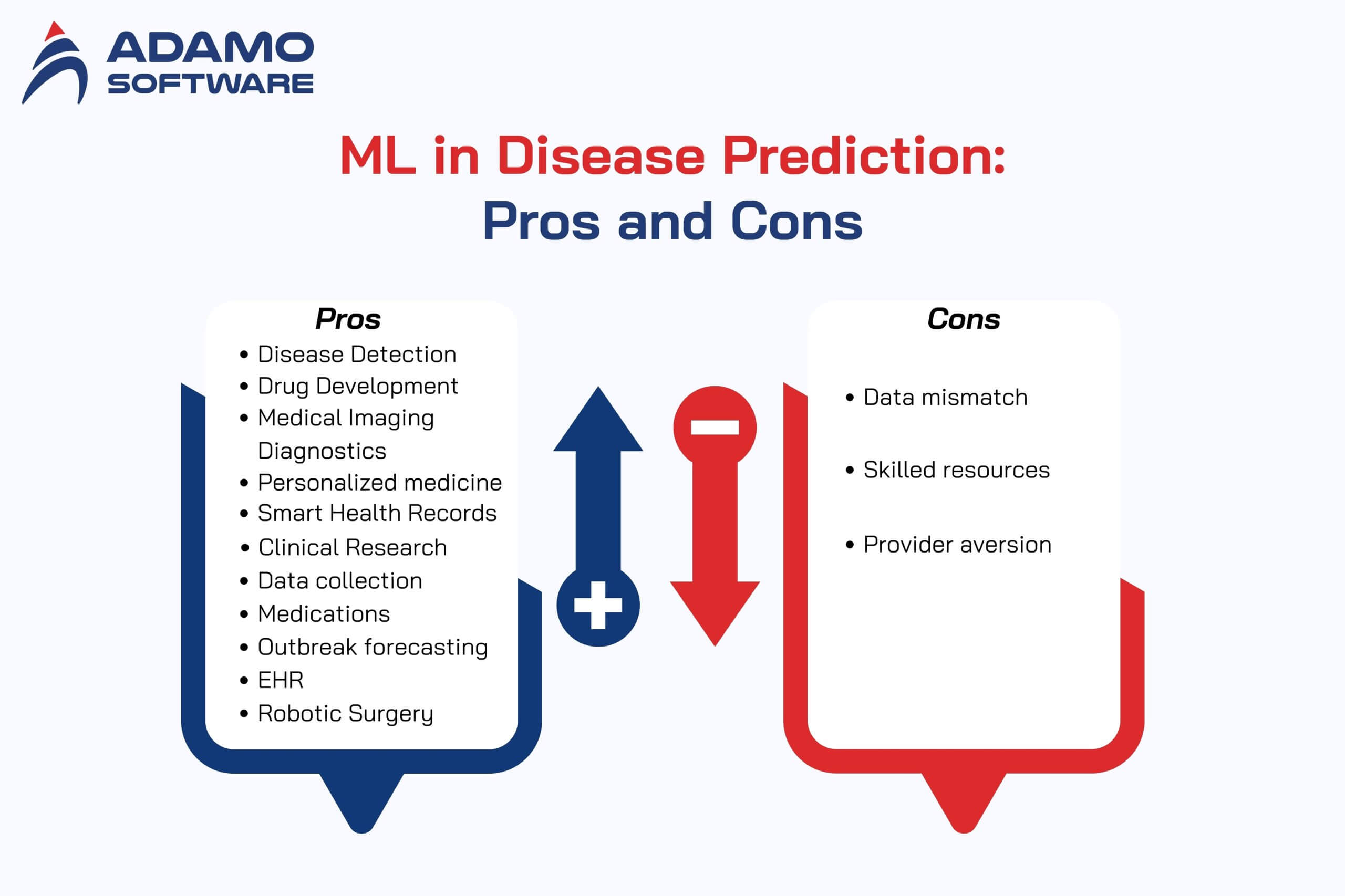
Adopting machine learning in disease prediction transforms healthcare by improving diagnostics, personalizing treatments, and accelerating research. Whether it is early diagnosis or robot surgery, the ML-based tools are transforming how healthcare professionals manage patients.
In this section, we’ll explore the key benefits of machine learning in disease prediction, including:
- Disease Detection and Diagnosis: To increase the precision in detecting complicated diseases.
- Drug Development and Manufacturing: Drug and personalized medicine can be discovered and developed faster.
- Medical Imaging Diagnostics: The improvement of the analysis and interpretation of the medical images.
- Personalized medicine: Creation of specific treatment through predictive analysis.
- Smart Health Records: Easing the data management and enhancing the records’ accuracy.
- Clinical Research and Trials: Incorporation of predictive models in order to maximize selection of trials and surveillance.
- Data Collection: Making health real-time insights and outbreak monitoring possible.
- Medications: improving drug discovery and efficacy of treatment.
- Outbreak Forecasting: Epidemic global surveillance and forecasting.
- Electronic Health Records (EHR): Automating record-keeping and patient communication.
- Robotic Surgery: Assistive precision surgery by automating with ML.
1. Detection of Diseases and Diagnosis
Machine learning in disease prediction allows clinicians to identify and detect conditions that are difficult to diagnose through traditional methods. It has a high level of accuracy in detecting malignancies at early stages and hereditary diseases. AI, like IBM Watson Genomics, helps healthcare providers achieve faster and more accurate diagnoses through cognitive computing systems.
2. Development and manufacture of drugs
ML also promotes the rapid discovery of drugs in the initial stages and improves healthcare R&D. By analyzing genomic data and enabling precision medicine, machine learning in disease prediction helps identify new treatment options for complex disorders. Projects like Microsoft Hanover that use ML technologies in cancer treatments and personalized medicine show that it can potentially transform therapeutics.
3. Medical Imaging Diagnostics
Medical imaging is being transformed by computer vision via machine learning. Such tools as the InnerEye developed by Microsoft process X-rays, MRIs, and other medical images to identify anomalies effectively. As machine learning in disease prediction becomes more accessible, AI-driven image analysis is expected to incorporate increasingly diverse datasets, improving diagnostic accuracy and workflow.
4. Personalized Medicine
ML and predictive analytics combined with patient-specific data, including genetic information and medical history, allow personalized medicine. This will enable doctors to develop more effective cures as they assess possible risks. High-quality data will also be available in advanced biosensors and health-monitoring devices that will further extend the reach of advanced ML-based healthcare solutions.
You can explore more about How can AI be used in healthcare: From smarter diagnoses to safer treatments here.
Ready to Outsource?
Get top-tier IT talent without the hassle. Contact us now!
5. Smart Health Records
Keeping proper health records may be time-consuming. ML in healthcare reduces the time and resources spent on record-keeping, document classification automation, and invalidation of errors. Machine learning in disease prediction enhances the efficiency and reliability of electronic health data management, allowing clinicians to focus more on patient care.
6. Trials and Clinical Research
Machine learning is transforming clinical trials because it can be used to determine eligible participants, optimally sample size, and monitor in real-time. The predictive analysis can retrieve the candidate information from social media, electronic records, and previous visits, reduce errors, and accelerate the research. ML tools allow trials to be completed more quickly and at a lower cost, and increase the trustworthiness of findings.
7. Data Gathering
Real-time health data collection is essential in predicting the trend of diseases and outbreaks. Platforms like Apple’s ResearchKit use machine learning in disease prediction to gather interactive health data. This aids research on conditions like Parkinson’s and Asperger’s.
Epidemic monitoring is also done on ML algorithms using platforms like ProMED-mail, which gives timely outbreak reports across the globe.
8. Medications
ML is improving drug discovery and optimization, including cancer treatments and anesthesia. IBM Watson, for example, collaborates with pharmaceutical companies to improve treatment development. This demonstrates how machine learning in disease prediction drives innovation in modern medicine.
9. Outbreak Prediction
The use of AI and ML technologies to predict and monitor epidemics in the world is growing. By analyzing large-scale health data, machine learning in disease prediction helps public health authorities anticipate outbreaks and implement preventive strategies. Consequently, this will improve response times and patient outcomes.
10. Electronic Health Record (EHR)
The use of ML applications enhances EHR systems by automating the process of patient inquiry, converting physical records to electronic, and securing data. Such tools can help clinicians find the necessary information about a patient within a short period, improving the process of decision-making and providing care.
11. Robotic Surgery
Robotic surgery represents one of the most advanced applications of machine learning in disease prediction. ML can be used to aid surgical skill assessment, model surgical workflow, automate suturing, and design surgical materials. Automated suturing and performance evaluation can shorten the procedure time and reduce surgeon fatigue to enhance patient safety and surgical outcomes.
III. Challenges of disease risk prediction using ML
While machine learning in disease prediction offers tremendous benefits, its adoption in healthcare comes with several key challenges. Effective implementation depends on knowing these barriers, whether it is the problem of data, a shortage of personnel, or provider reluctance.
In this section, we’ll explore the main challenges of machine learning in disease prediction, including:
- Data Mismatch: Having well-structured data of good quality to make forecasts.
- Skilled Resources: The problem is the absence of access to skilled ML and data professionals.
- Provider Aversion: How to overcome the objection to using ML tools in clinical practice.
1. Data Mismatch
A key issue in applying machine learning for disease prediction is how much it depends on high-quality, structured information. Lapses, inconsistencies, or heterogeneity in healthcare data may result in flawed predictions and thus have detrimental consequences to clinical decision-making.
Unstandardized medical records, handwritten document scans, and fragmented data will require formatting and cleaning before ML algorithms can find meaningful insights. This will make wide-scale deployment more challenging.
2. Shortage of skilled employees
The lack of skilled data engineers and ML specialists is another significant barrier to implementing machine learning in disease prediction effectively. Healthcare organizations may struggle to fully utilize AI diagnostic tools without skilled personnel to develop and manage machine learning models.
3. Provider Aversion
Healthcare providers may be hesitant to adopt machine learning in disease prediction due to outdated systems, resource constraints, or uncertainty. The key to resolving this reluctance is investing in technology, personnel training, and awareness to prove the worth and safety of ML-based tools. The importance of these is highlighted during an urgent situation concerning public health.
IV. Final thoughts

Machine learning in disease prediction is transforming healthcare through earlier and more accurate diagnoses, personalized treatment, and better drug development. That’s why applying ML in your medical process might just be the right thing you need to stay ahead of the curve.
With years of experience in software development, Adamo Software empowers healthcare providers to harness AI for improved disease prediction. Our team builds high-quality, scalable systems that improve patient care and efficiency.
Interested in how Adamo can assist you in incorporating the latest ML technologies into your healthcare services? Contact us today!







